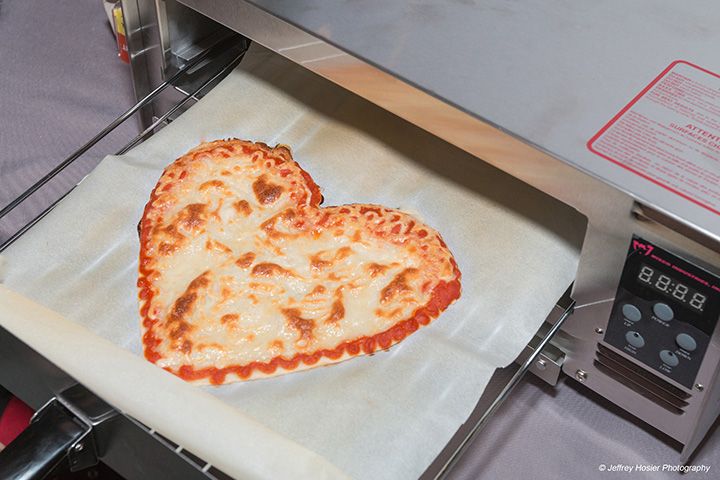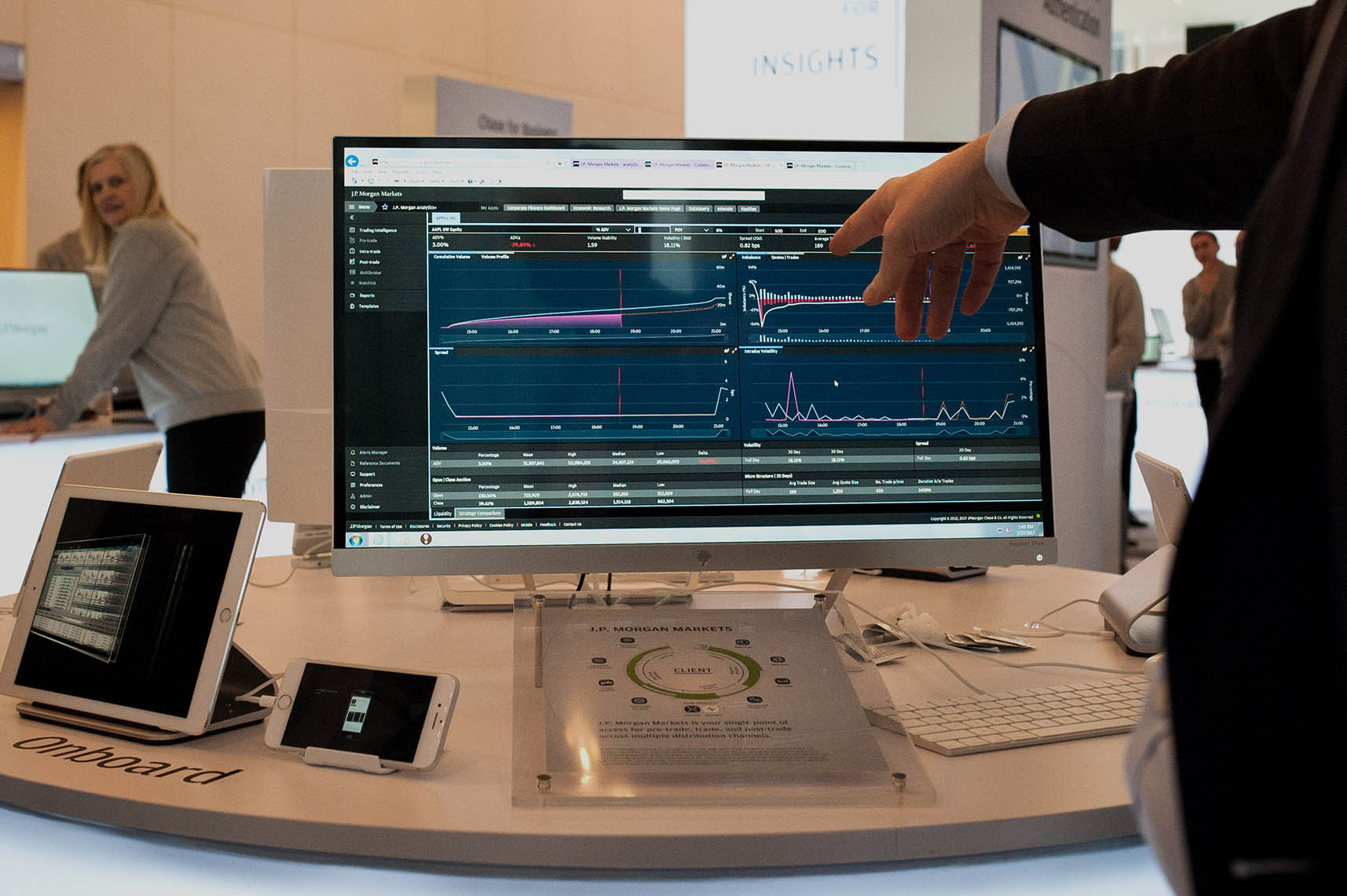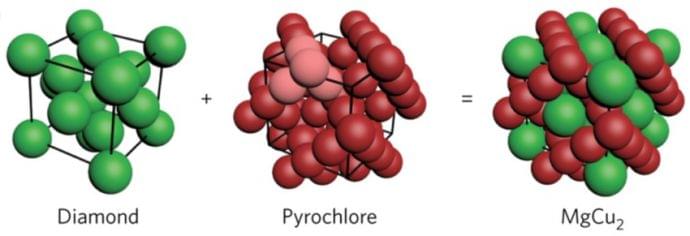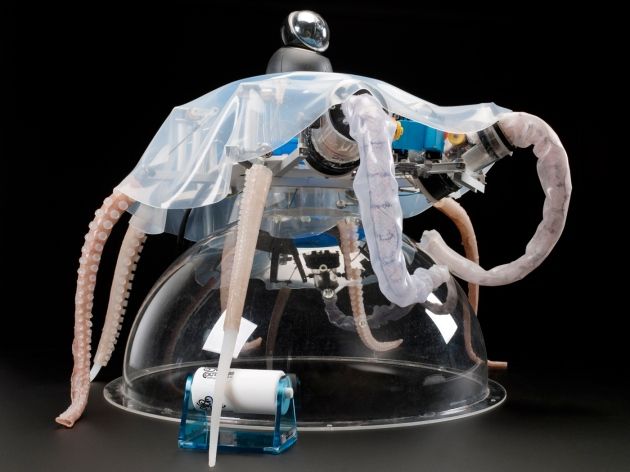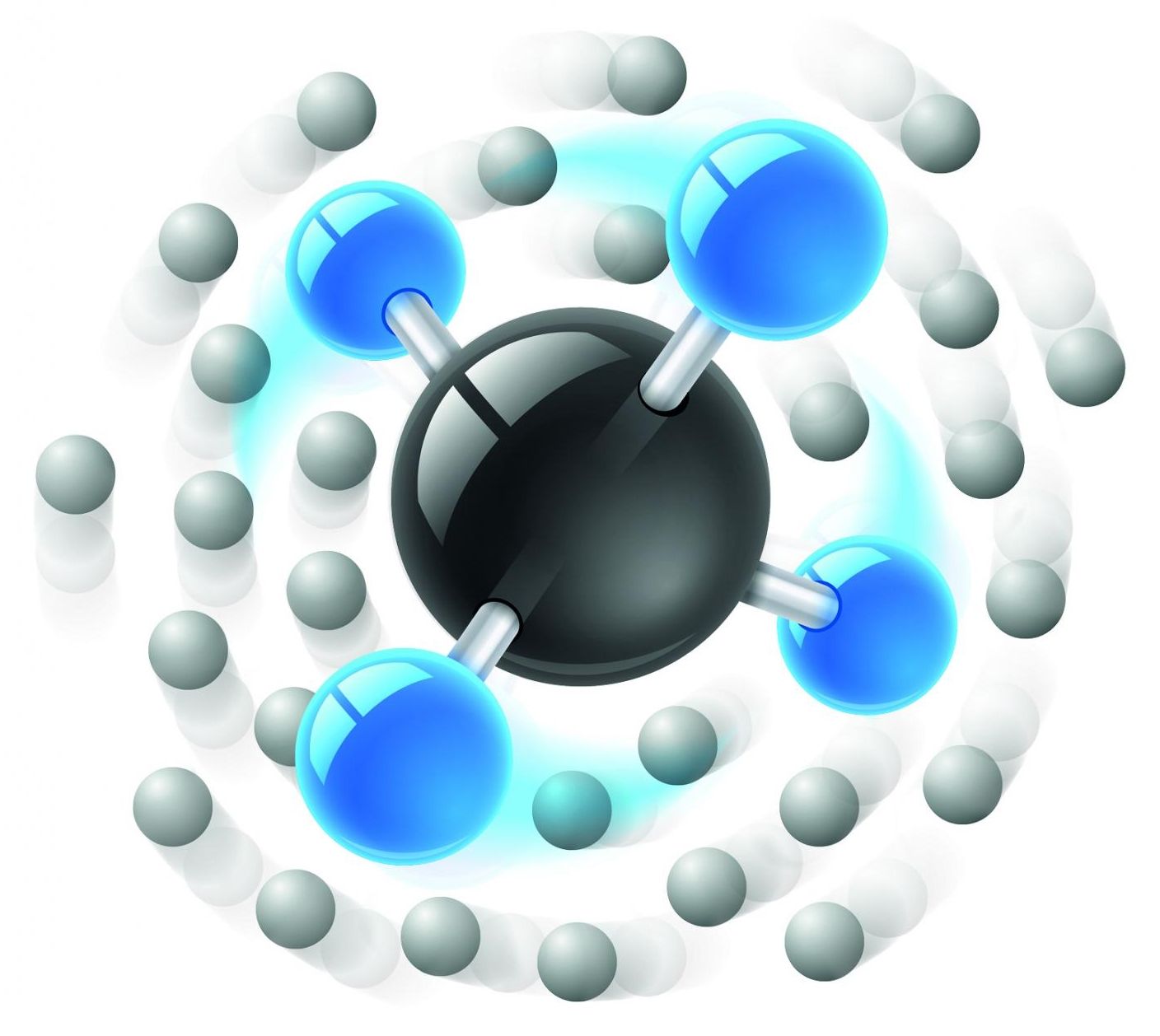Page 10858
Personalized. Clean. Fast. Consistent. Revolutionary.
BeeHex is a B2B company. We design and build commercial 3D food printers and fresh-food producing robots — all controlled by BeeHex software and mobile app. Born of a NASA project, BeeHex’s Chef3D printers and food bots streamline fresh food production with truly personalized nutrition.
Contact us today!
Feb 28, 2017
JPMorgan Software Does in Seconds What Took Lawyers 360,000 Hours
Posted by Bruno Henrique de Souza in categories: finance, law
Na JPMorgan Chase & Co., uma máquina de aprendizagem está analisando os acordos financeiros que antes mantinham equipes jurídicas ocupadas por milhares de horas.
O programa, chamado COIN, para o Contrato de Inteligência, faz a tarefa de interpretar acordos de empréstimo comercial que, até que o projeto foi lançado em junho, consumiu 360 mil horas de trabalho por ano por advogados e agentes de crédito. O software revê os documentos em segundos, é menos propenso a erros e nunca pede férias.
No que diz respeito à COIN, o programa ajudou a JPMorgan a reduzir os erros de manutenção de empréstimos, a maioria resultante de erro humano na interpretação de 12.000 novos contratos por ano, de acordo com os seus criadores.
Continue reading “JPMorgan Software Does in Seconds What Took Lawyers 360,000 Hours” »
Feb 28, 2017
US approves 3 types of genetically engineered potatoes
Posted by Dan Kummer in categories: biotech/medical, food, genetics
BOISE, Idaho (AP) — Three types of potatoes genetically engineered to resist the pathogen that caused the Irish potato famine are safe for the environment and safe to eat, federal officials have announced.
The approval by the U.S. Environmental Protection Agency and the U.S. Food and Drug Administration late last week gives Idaho-based J.R. Simplot Company permission to plant the potatoes this spring and sell them in the fall.
The company said the potatoes contain only potato genes, and that the resistance to late blight, the disease that caused the Irish potato famine, comes from an Argentine variety of potato that naturally produced a defense.
Continue reading “US approves 3 types of genetically engineered potatoes” »
Feb 28, 2017
Researchers coax colloidal spheres to self-assemble into photonic crystals
Posted by Andreas Matt in categories: engineering, food, particle physics
Colloidal particles, used in a range of technical applications including foods, inks, paints, and cosmetics, can self-assemble into a remarkable variety of densely-packed crystalline structures. For decades, though, researchers have been trying to coax colloidal spheres to arranging themselves into much more sparsely populated lattices in order to unleash potentially valuable optical properties. These structures, called photonic crystals, could increase the efficiency of lasers, further miniaturize optical components, and vastly increase engineers’ ability to control the flow of light.
A team of engineers and scientists from the NYU Tandon School of Engineering Department of Chemical and Biomolecular Engineering, the NYU Center for Soft Matter Research, and Sungkyunkwan University School of Chemical Engineering in the Republic of Korea report they have found a pathway toward the self-assembly of these elusive photonic crystal structures never assembled before on the sub-micrometer scale (one micrometer is about 100 times smaller than the diameter of a strand of human hair).
The research, which appears in the journal Nature Materials, introduces a new design principle based on preassembled components of the desired superstructure, much as a prefabricated house begins as a collection of pre-built sections. The researchers report they were able to assemble the colloidal spheres into diamond and pyrochlore crystal structures — a particularly difficult challenge because so much space is left unoccupied.
Continue reading “Researchers coax colloidal spheres to self-assemble into photonic crystals” »
Feb 28, 2017
Researchers Have Directly Tested Two Quantum Computing Technologies
Posted by Andreas Matt in categories: computing, particle physics, quantum physics
If you aren’t already, you’re likely soon to find yourself looking forward to the day when quantum computers will replace regular computers for every day use. The computing power of quantum computers is immense compared to what regular desktops or laptops can do. The downside is, current quantum computing technology are limited by the bulky frameworks and extreme conditions they require in order to function.
Quantum computers need specialized setups in order to sustain and keep quantum bits — the heart of quantum computing — working. These “qubits” are particles in a quantum state of superposition, which allows them to encode and transmit information as 0s and 1s simultaneously. Most computers run on binary bit systems which use either 0s or 1s. Since quantum computers can use both at the same time, they can process more information faster. That being said, Sustaining the life of qubits is particularly difficult, but researchers are investigating quantum computing studies are trying to find ways to prolong the life of qubits using various techniques.
Feb 28, 2017
Novel 3D printing technique uses magnets to create smart materials for soft robotics and medicine
Posted by Klaus Baldauf in categories: 3D printing, biotech/medical, robotics/AI
New research describes a novel 3D printing technique for the production of smart materials that may find use in soft-robotics and advanced medicine.
In a recent academic paper the, “striking phenomena” that “can be produced by embedding magnetic particles into polymer with designed patterns,” are described in detail. These phenomena include smart materials with, “tunable elastic properties, giant deformational effects, high elasticity, anisotropic elastic and swelling properties, and quick response to magnetic fields.”
As previously reported by 3D Printing Industry, investigations into smart and meta materials are increasingly using 3D printing techniques.
The future of smart devices is here. Sony brings you Xperia Ear, Xperia Touch, Xperia Agent CONCEPT, and Xperia Ear Open-style CONCEPT—all here on the official Sony website.
Feb 28, 2017
Existence of a new quasiparticle demonstrated
Posted by Andreas Matt in categories: computing, information science, particle physics
How do molecules rotate in a solvent? Answering this question is complicated, since molecular rotation is perturbed by a very large number of surrounding atoms. For a long time, large-scale computer simulations have been the main approach to model molecule-solvent interactions. However, they are extremely time consuming and sometimes infeasible. Now, Mikhail Lemeshko from the Institute of Science and Technology Austria (IST Austria) has proven that angulons—a certain type of quasiparticle he proposed two years ago—do, in fact, form when a molecule is immersed in superfluid helium. This offers a quick and simple description for rotation of molecules in solvents.
In physics, the concept of quasiparticles is used as a technique to simplify the description of many-particle systems. Namely, instead of modeling strong interactions between trillions of individual particles, one identifies building blocks of the system that are only weakly interacting with one another. These building blocks are called quasiparticles and might consist of groups of particles. For example, to describe air bubbles rising up in water from first principles, one would need to solve an enormous set of equations describing the position and momentum of each water molecule. On the other hand, the bubbles themselves can be treated as individual particles—or quasiparticles—which drastically simplifies the description of the system. As another example, consider a running horse engulfed in a cloud of dust. One can think of it as a quasiparticle consisting of the horse itself and the dust cloud moving along with it.
Feb 28, 2017
Disney Brings You the Wireless-Powered Room–Is Real-Life TRON Next?
Posted by Shane Hinshaw in category: energy

Word association time. I say “quasistatic cavity resonance”; you say…?
“Whaaaa?” or “Heh heh, cavity” are expected. But if you said “enabling purpose-built structures, such as cabinets, rooms, and warehouses, to generate quasistatic magnetic fields that safely deliver kilowatts of power to mobile receivers contained nearly anywhere within,” you win the virtual no-prize.
Continue reading “Disney Brings You the Wireless-Powered Room–Is Real-Life TRON Next?” »

